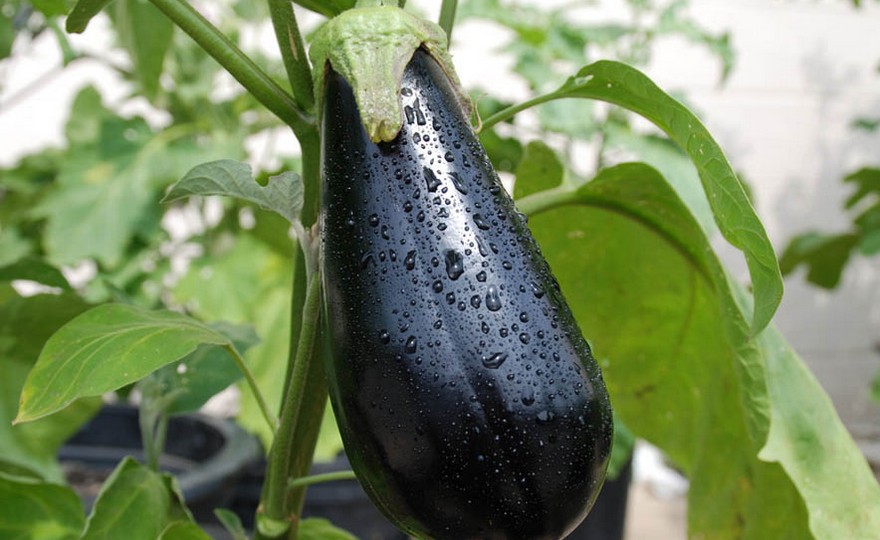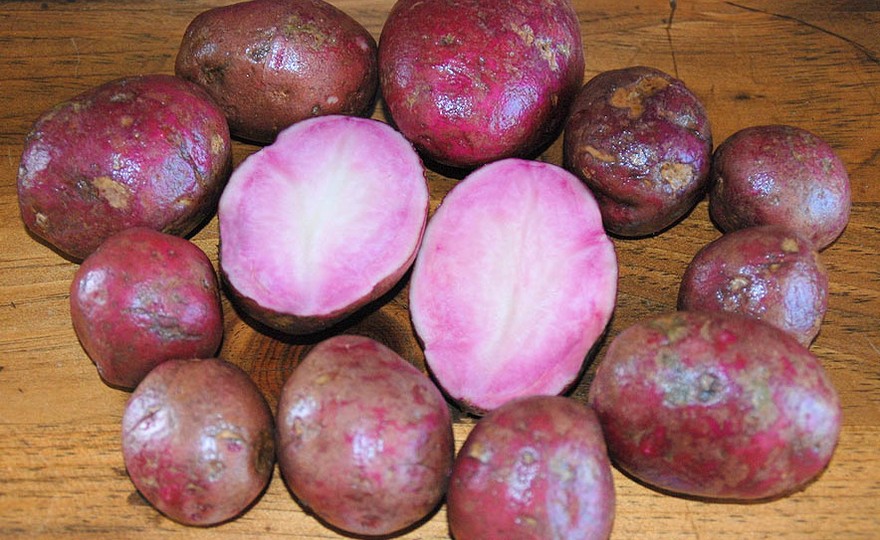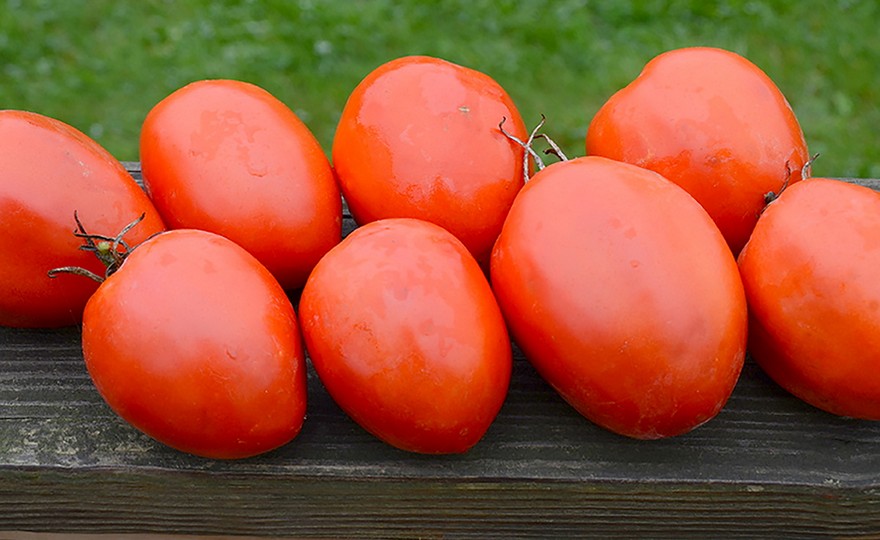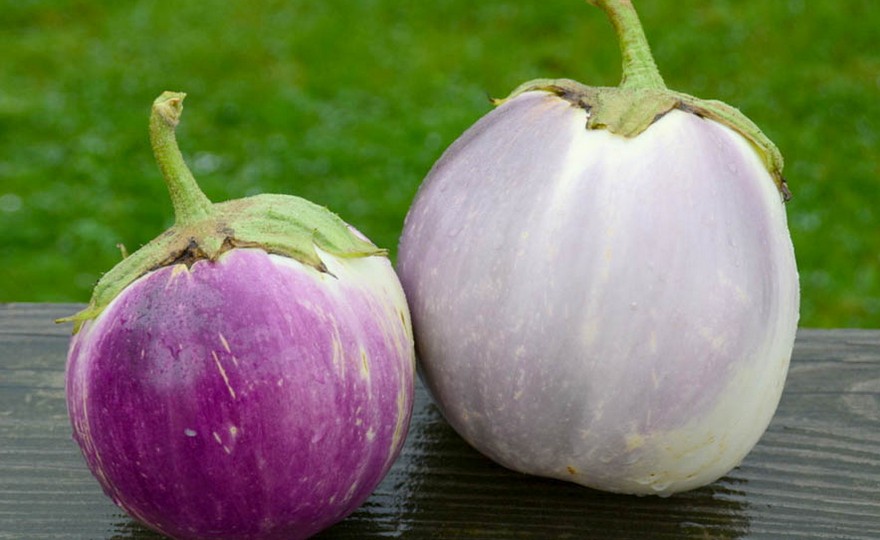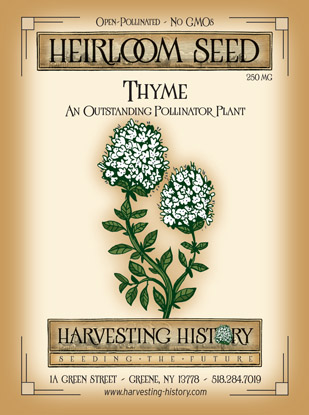
Herb, Thyme
-
- **SOLD OUT** HOLIDAY GIFTS **SOLD OUT**
- **SOLD OUT** Holiday Books **SOLD OUT**
- **SOLD OUT** Holiday Citrus **SOLD OUT**
- **SOLD OUT** Holiday Gift Certificates **SOLD OUT**
- **SOLD OUT** Holiday Paperwhites **SOLD OUT**
- **SOLD OUT** Holiday Praying Mantis Kits **SOLD OUT**
- **SOLD OUT** Holiday Tools **SOLD OUT**
- **SOLD OUT** Holiday Wildflower Mixtures **SOLD OUT**
- Citrus Trees
- **SOLD OUT** - Vegetable and Herb Plants - Mix & Match any 6 Plants for $50 - Only Shipped in Quantities of 6
- Elephant Ear Plants & Roots
- **SOLD OUT** 4-Inch Pot Herb Plants **SOLD OUT**
- Rare Plants
- **SOLD OUT** Vining Plants **SOLD OUT**
- Asian Seeds
- Beneficial Bugs
- Books
- Citrus Fertilizers
- Cold-Treated Bulbs - SEE BULBS FOR FALL PLANTING TO ORDER
- Cold-Treated Allium
- Cold-Treated Chionodoxa
- Cold-Treated Crocus
- Cold-Treated Hyacinthoides
- Cold-Treated Hyacinthus Orientalis
- Cold-Treated Narcissus
- Cold-Treated Cyclamineus Narcissus
- Cold-Treated Double Heirloom Narcissus
- Cold-Treated Jonquilla Narcissus
- Cold-Treated Large Cupped Narcissus
- Cold-Treated Poeticus Narcissus
- Cold-Treated Small Cupped Narcissus
- Cold-Treated Species Miniature Narcissus
- Cold-Treated Split Cupped Narcissus
- Cold-Treated Tazetta Narcissus
- Cold-Treated Triandus Narcissus
- Cold-Treated Trumpet Daffodils
- Cold-Treated Ornithogalum
- Cold-Treated Rock Garden Iris
- Cold-Treated Scilla
- Cold-Treated Tulips
- Cold-Treated Emperor Tulips
- Cold-Treated Fringed Tulips
- Cold-Treated Green or Viridiflora Tulips
- Cold-Treated Lily Flowering Tulips
- Cold-Treated Parrot Tulips
- Cold-Treated Peony Flowering Tulips
- Cold-Treated Single Early Tulips
- Cold-Treated Single Late Tulips
- Cold-Treated Species Tulips
- Cold-Treated Triumph Tulips
- Flower Bulbs, Corms and Tubers
- Bulbs for Spring Planting
- Bulbs for Fall Planting - ALL BULBS AVAILABLE ARE COLD TREATED FOR PLANTING AS SOON AS SOIL CAN BE WORKED
- Fall Blooming Bulbs
- Garden Tools & Equipment
- Gift Certificates
- HHH Exclusive Wildflower Mixtures
- Wildflower Mixtures
- Heirloom Garlic
- Potatoes
- Roots & Sets
- Seeds
- Flowers
- Herbs
- Vegetables
- **SOLD OUT** HOLIDAY GIFTS **SOLD OUT**
-
- No products to compare
-
Quick Overview
HERB, Thyme –
Thymus vulgaris
FULL SUN Native to the western Mediterranean, Thyme has been cultivated for thousands of years. It was brought to the US by the early colonists in the 1600s. It is one of the most universally used culinary herbs in existence. The lemony flavored leaves of the 6-8 in. plants enhance the flavor of many foods. Start indoors about 6 weeks before the last frost date. Transplant outside when the danger of frost has passed and the soil has warmed to a depth of 6 in.. Plant 6-8 in apart in rows 12 in. apart.
| Type | Spacing | Planting Depth | Days to Germination | Maturity |
| Perennial | 6-8 in. | 1/2 in. | 7-10 | 75 |

Herb, Thyme
If you could only grow one herb, then you should choose thyme. Two quotes from The Grass Roots Herbal Society Newsletter, referenced in the book, Rodale’s Illustrated Encyclopedia of Herbs, sum up the significance of thyme, “When in doubt, use thyme.” and “Thyme is very nearly the perfect useful herb.”
There are several varieties of thyme including Lemon Thyme, English Thyme and Creeping Thyme. The two most historically significant are English Thyme and Creeping Thyme, both of which are frequently mentioned in ancient writings, but without discerning which is which. Harvesting History sells English Thyme.
This herb lends its delightful fragrance and flavor to many, many foods. It is used in soups, sauces, stuffings, as a condiment, and is one of the ingredients in the fines herbs of French cuisine.
As a medicinal herb, it has few applications and they are not well substantiated. However, as a pollinator plant and a companion plant it is without equal. Bees LOVE the flowers of thyme. A single bed of thyme can be literally blanketed with bees when the plant is in flower and it is also attractive to butterflies and other beneficial insects. Thyme is also a great companion plant. When planted next to eggplants, tomatoes, and potatoes it helps them to flourish and is known to repel cabbageworms and whiteflies.


